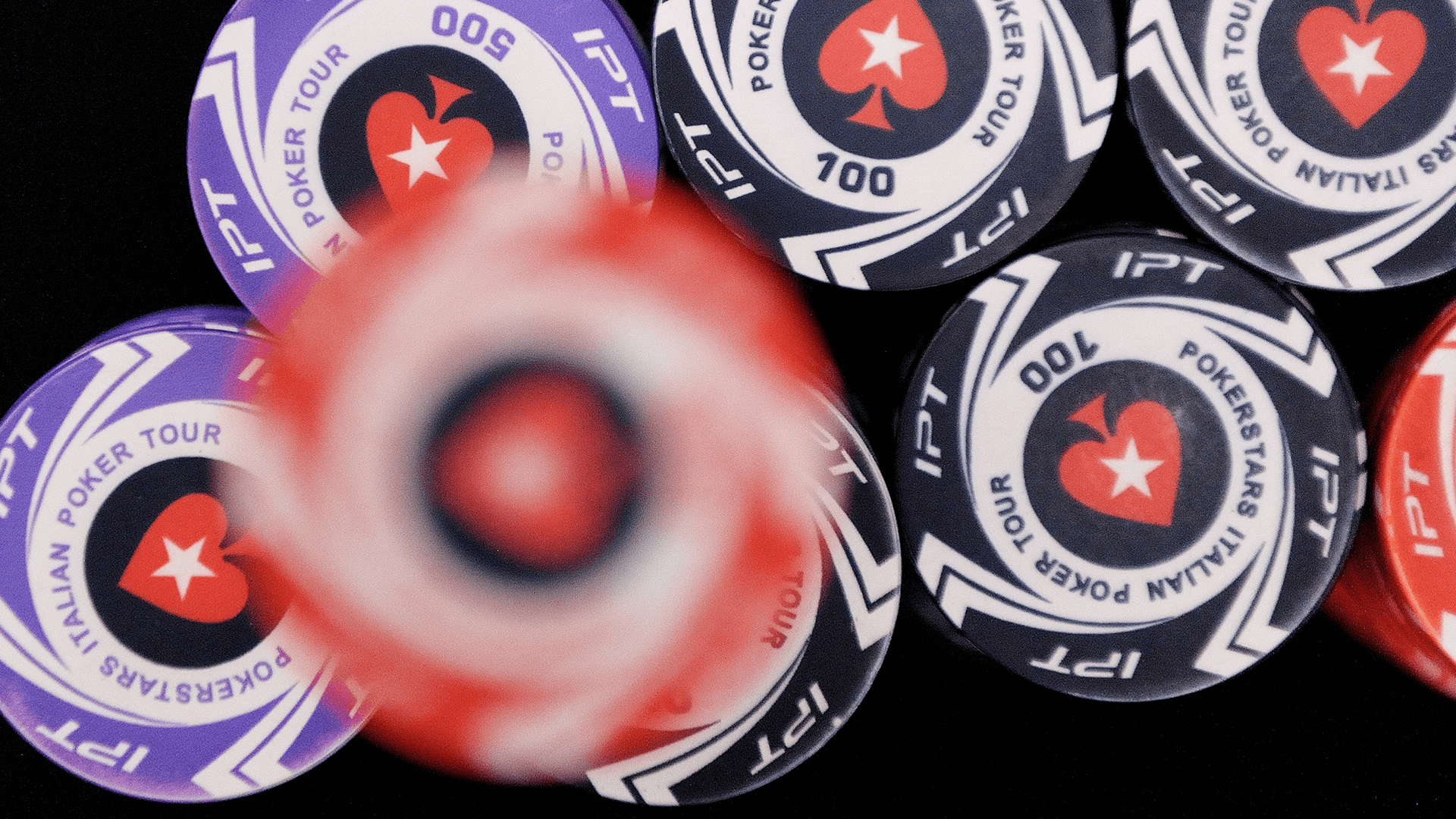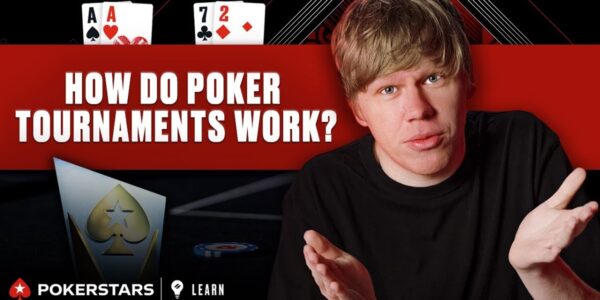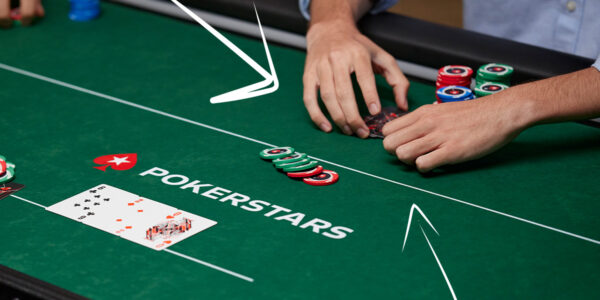Can Weak Players Be Bluffed?
“Bad players can’t be bluffed! They will call with anything!” – A Poker Player
Bluffing in poker is defined as betting (or raising) in a situation where you think better hands will fold to your aggressive action.
So this article is about bluffing the weak. Now, as learning players start to explore the concept of bluffing, they will explore things like representing a hand. Pretending you have pocket aces for example, and betting your hand as you would if that’s what you actually held. Or bluffing when the flush card hits the board, saying through your action “I made a flush” to your opponent.
And you have probably also heard the concept of that “saying”, i.e. telling a story. When you’re bluffing, you’re telling a story about your hand strength that happens to be untrue, you’ve no doubt been taught. It’s important for that story to make sense. In other words, when you lead out on the river flush card intent on representing that you’ve just made a flush, are your prior actions consistent with that holding? Would your opponent expect you to have taken the actions you did on prior streets with a flush draw? If the actions are consistent with this type of holding throughout the hand, then you’re telling a good, sound story. A believable story. It’s easy for your opponent to buy what you’re selling, because it makes sense to them. This idea is really the underlying principle behind the advice that one way to run a good bluff is to pick a hand from the start you’d like to represent and pretend that’s what you actually hold, taking all actions accordingly. In doing so, you will tend to be telling a good story, and not fall into the trap of a story that doesn’t make sense. Because when the story doesn’t make sense, good listeners (good hand readers) are more likely to sniff it out and call your bluff.
“Wait a minute,” you say, “I understand that, but this article is about bluffing weak players, and weak players aren’t listening are they?” Ah yes, indeed… poor players are also poor listeners. They typically don’t hear the message, making bad reads or entertaining thoughts about the hand that don’t make good poker sense. Some aren’t listening at all, they’re simply playing their own cards without a second thought about what you might hold.
“Exactly! That’s why they can’t be bluffed!”
Wait a minute. I didn’t say that exactly. They can, in fact, be bluffed.


It’s true; everything discussed above doesn’t really apply well to bad players. Your “story”, no matter how brilliantly conceived and executed, doesn’t do you much good if it’s falling on deaf ears. That being said, bad players do fold sometimes, right? I mean, I have been playing poker regularly for 2 decades and I have yet to meet the player who goes to showdown every single hand… even the loosest players fold. And while the craziest of loose opponents don’t make good bluff targets (value bet those types to death instead), most bad players aren’t quite that loose.
So, when do they actually fold? Well, logically, when their hand is weak. The weaker it is, the more likely they are to fold to a bet.
And that is the key to having success bluffing weak players: Attacking them when their range is weak. I’m not sure how much more needs to be said, other than for you to think more about it. The way to improve on this is to improve your ranging skills, so as to better identify when your weak foe has a weak range. There are a couple of important points to consider however:
- Remember the definition of a bluff still holds true, we must think better hands will fold to our action. If we are attacking a weak range that means our holding must be weaker. Taking a hand like AT on a KT844 board and raising a bad player on the river to “turn our hand into a bluff” isn’t a good idea… a bad player isn’t folding a king, and we beat all of his worse hands anyway.
- Our action may not make sense in terms of a good story, but that’s OK. Against the player who is mostly just playing their own cards, attacking their weak ranges is the key. We benefit from their not listening by not having to be too concerned with the consistency of the story we’re telling. Save the concerns about “our raise isn’t repping anything” for the opponents who are showing some measure of skill at ranging us.
Bluffing bad players shouldn’t be done frequently, because it’s simply not necessary to hold over them with a big edge. In many cases against bad players, we can simply value bet them to death when we have the goods and not put money in the pot when we don’t. But if we’re going to look towards expanding that edge by identifying potentially good bluff spots, this is the way to look at it. Because, contrary to popular opinion, bad players can in fact be bluffed… as long as you’re picking the right spots. Spots where they don’t have much, but you have even less yourself.
So the true meaning of this article’s title is about bluffing weak ranges, which should make sense to you… there’s no profitability in trying to make people fold strong hands. It also happens to be the only real way to effectively bluff your weak opponents, where the best spun tail of strength is negated by their lack of ability to decipher the message.











